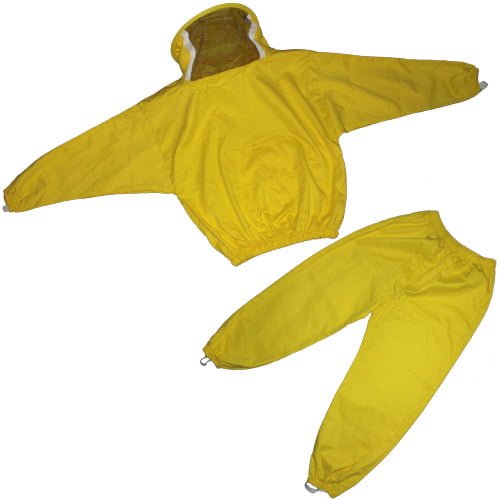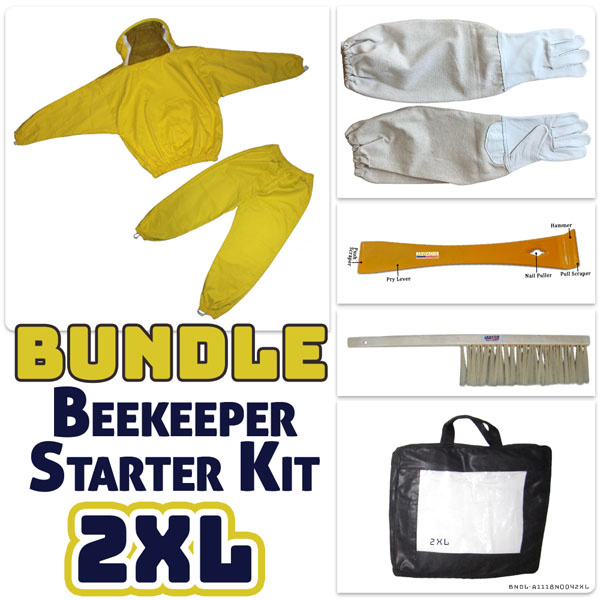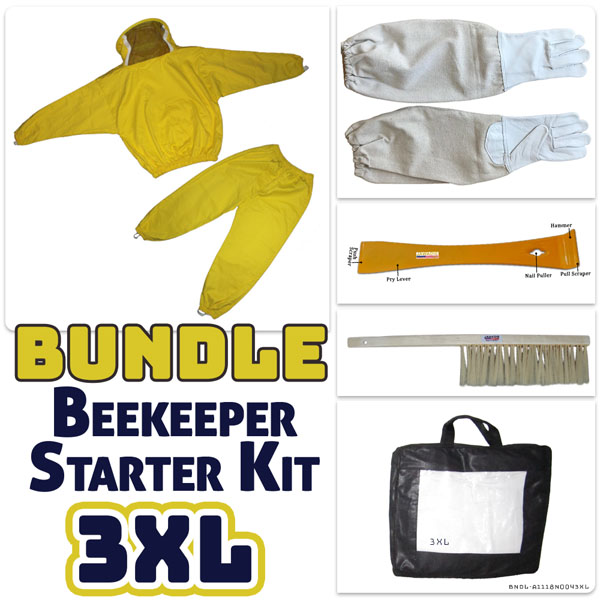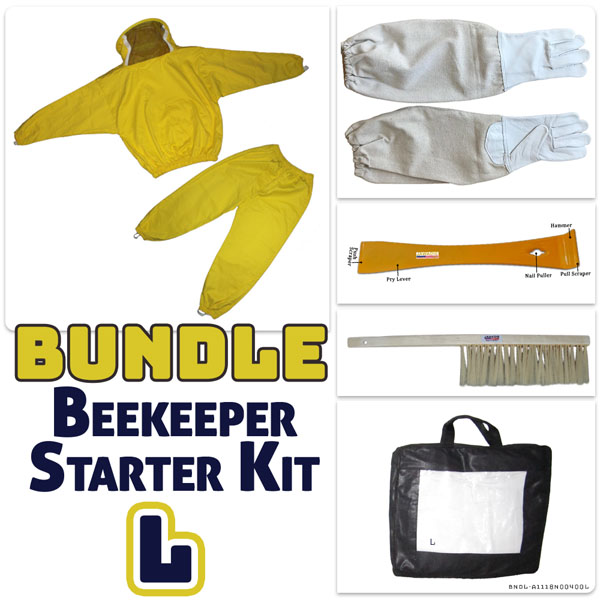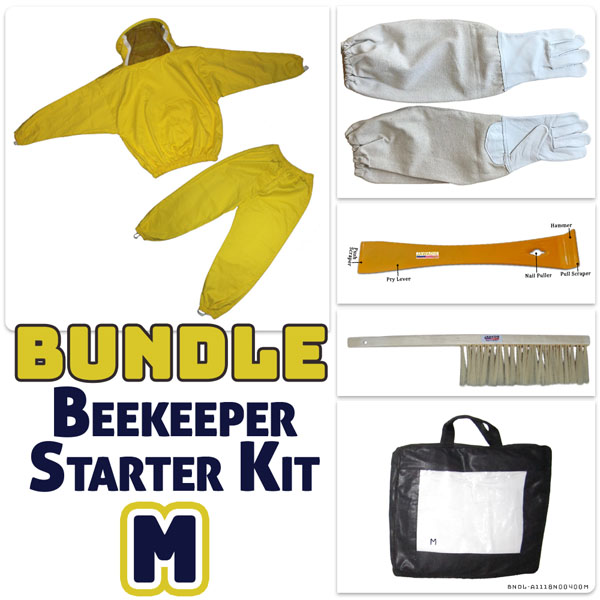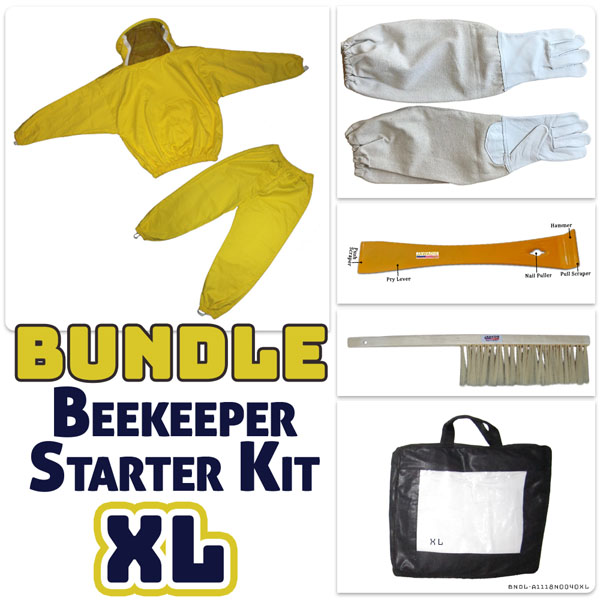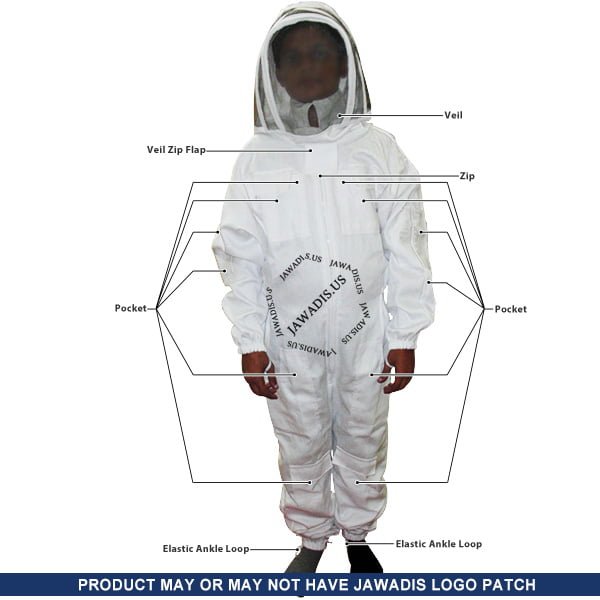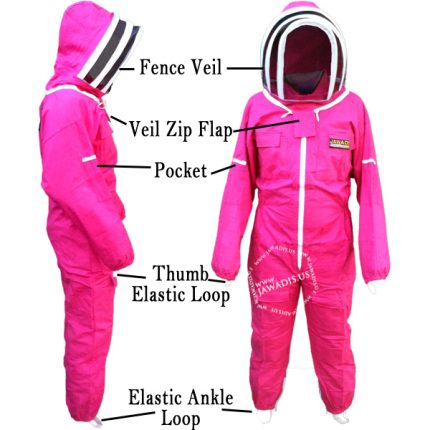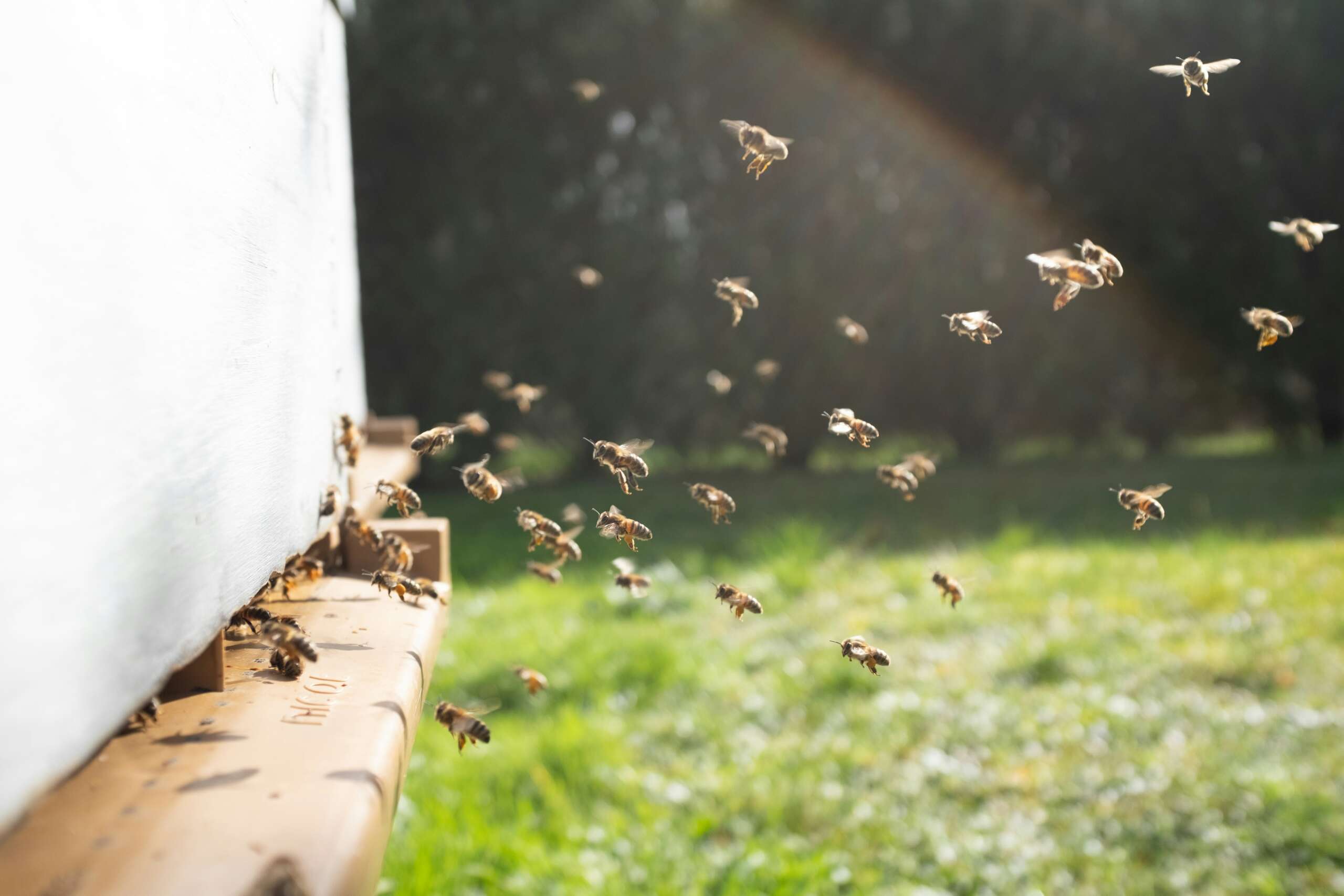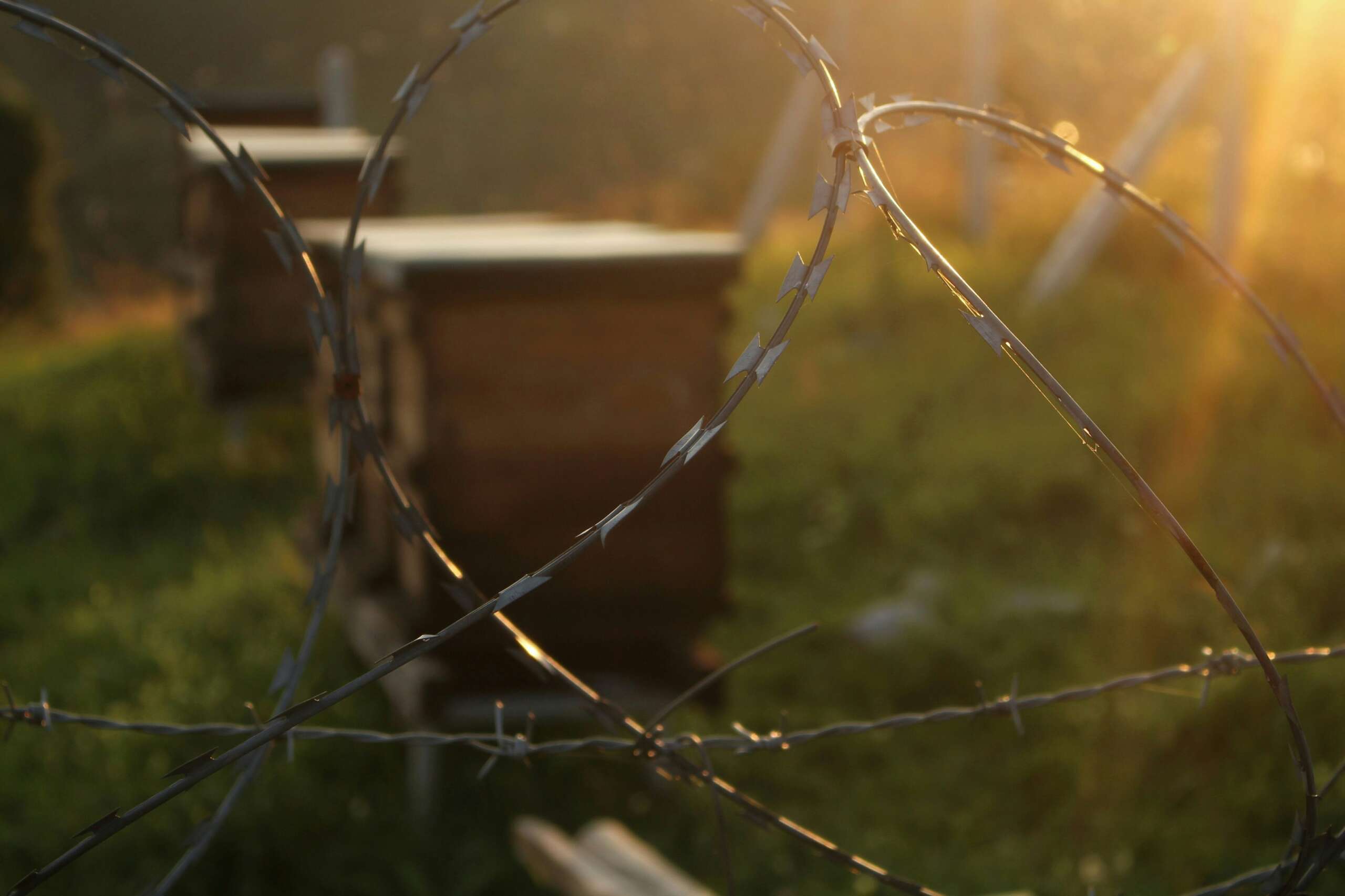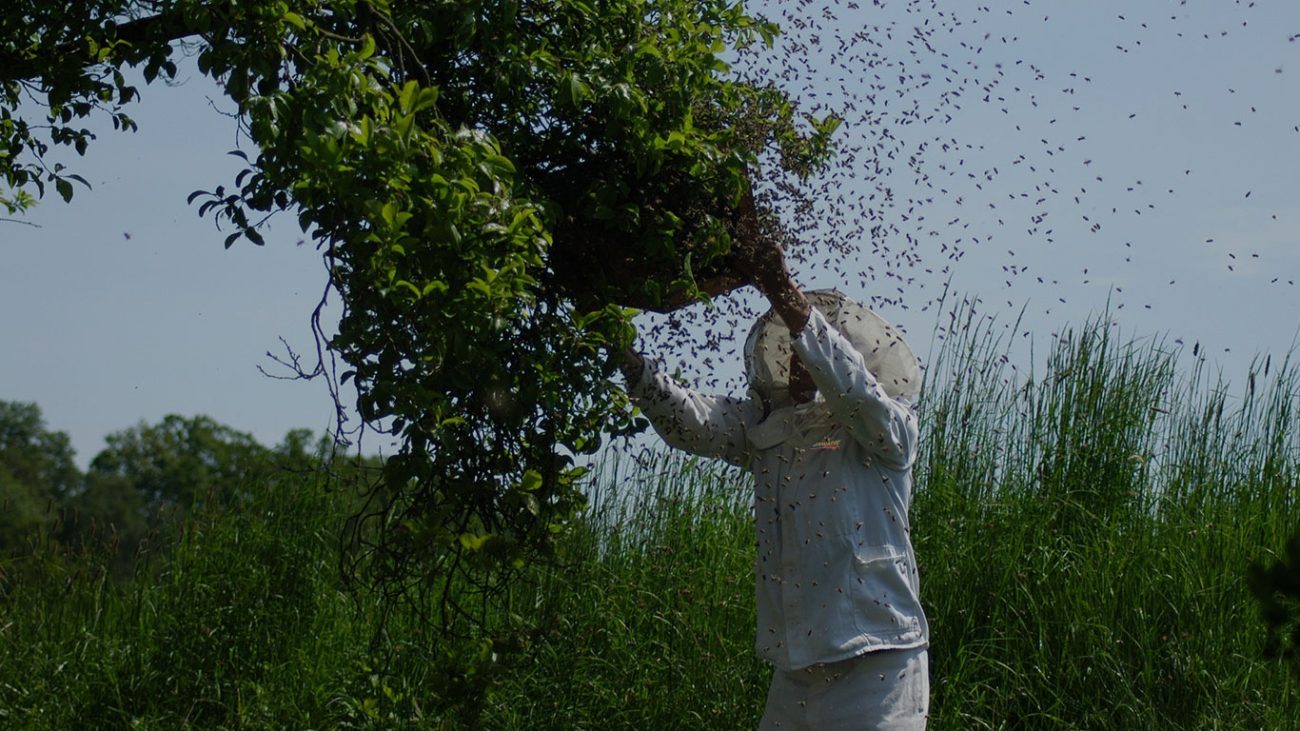- Adult Beekeeper Suit Sizing Guide
- Adult Beekeeper Jacket Size Guide
- Adult Garden Beekeeper Gloves Size Guide
- Children’s Beekeeper Suit Size Guide
- Children’s Beekeeper Jacket Size Guide
- Children’s Garden Bee Gloves Size Guide
- Adult Go-Kart Racing Suit Size Guide
- Martial Arts BJJ Gi Size Guide
- Lightweight Uniform Gi Size Guide
- Sports Foot Guide Size Guide
- Gloves Size Guide
- Parkour Gloves Size Guide
- Shorts Size Guide
What is the Best Material for a Bee Suit? A Comprehensive Guide for Beekeepers
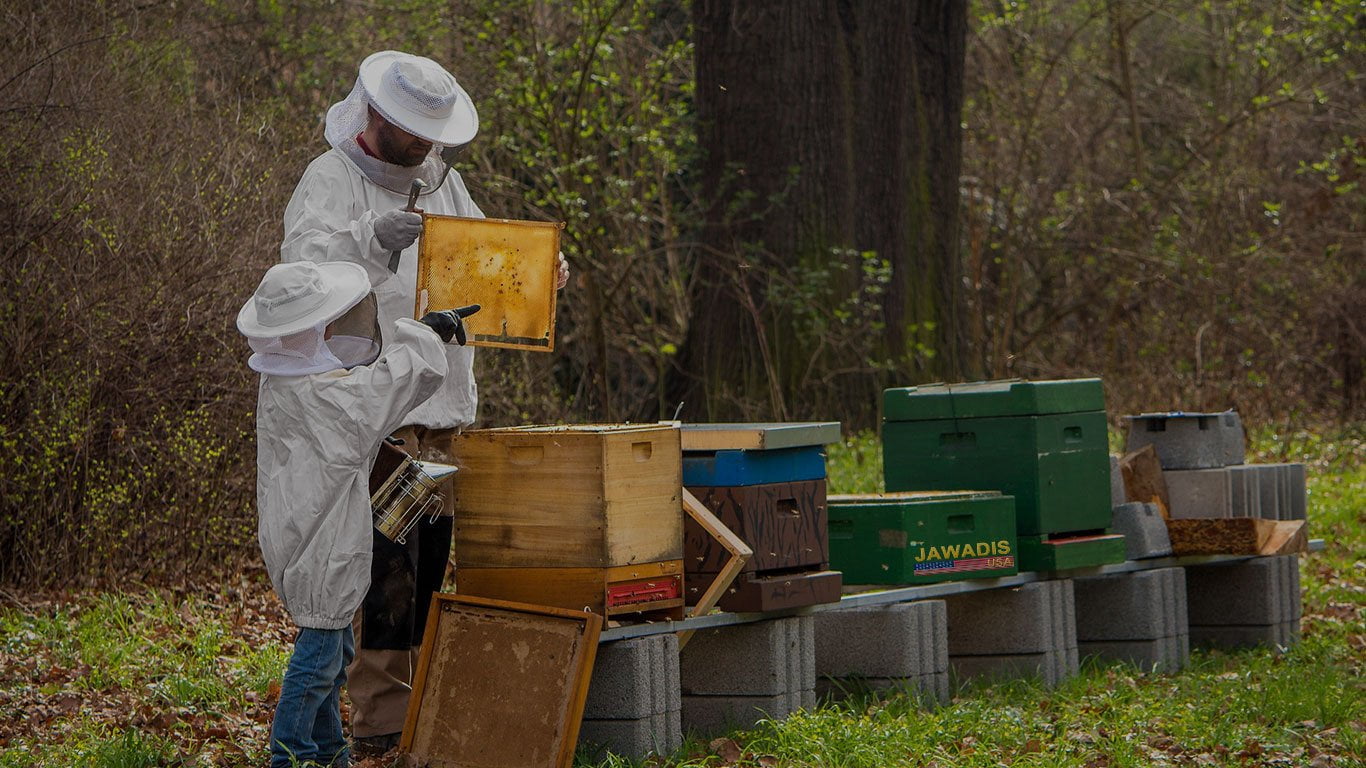
Understanding the Importance of Quality Material in Bee Suits
When it comes to beekeeping, safety is paramount. The material of a bee suit is not just a matter of comfort but also a critical component in ensuring the beekeeper’s protection. The best materials for bee suits, particularly woven cotton and cotton blend fabrics, are selected for their unique properties that meet these essential safety needs.
One of the primary attributes of a high-quality bee suit material is its thickness. Woven cotton and cotton blends are renowned for their dense weave, which provides an effective barrier against bee stings. This thickness prevents bee stingers from penetrating the suit, thus safeguarding the beekeeper. However, protection is not the only consideration; comfort and breathability are equally important, especially during extended periods of work. Cotton and its blends excel in this area, offering excellent breathability that helps keep the beekeeper cool and comfortable, even in warm conditions.
Durability is another crucial factor, particularly for beekeepers who spend long hours managing their hives. Bee suits made from cotton and cotton blends are known for their robust nature, which ensures they can withstand the rigors of regular use. This durability is essential not only for adult beekeepers but also for children, who require suits that can endure the same level of protection and comfort. Ensuring the suit lasts through multiple seasons of beekeeping activities is vital for both safety and cost-effectiveness.
In addition to these functional benefits, it is also worth noting that reputable brands, such as Jawadi USA, offer high-quality bee suits made from these ideal materials. While the focus should always remain on the material’s attributes—protection, comfort, breathability, and durability—choosing a trusted brand can provide additional assurance of quality and reliability.
Best Practices for Choosing and Maintaining Your Bee Suit
Choosing the right bee suit is essential for ensuring the safety and comfort of beekeepers, whether they are seasoned professionals or beginners. When selecting a bee suit, it is crucial to consider the fit, design features, and additional protective elements. A well-fitted suit not only maximizes protection but also enhances mobility, making beekeeping tasks more efficient. For adults and children alike, ensure that the suit provides adequate coverage without being too tight or too loose. Elastic cuffs and adjustable waistbands are beneficial features that can help achieve a snug fit, reducing the risk of bees entering the suit.
The design of the bee suit should include features such as reinforced knee pads, multiple pockets, and a sturdy, easy-to-use zipper. A detachable veil is also advantageous as it allows for greater flexibility and ease of cleaning. Ventilated suits are particularly useful in warmer climates, as they prevent overheating while maintaining protection against stings. Additionally, suits made from lightweight, durable materials, such as cotton or polycotton blends, offer a good balance of comfort and durability.
Maintaining your bee suit is just as important as choosing the right one. Regular cleaning helps to preserve the suit’s protective qualities and extend its lifespan. It is recommended to wash the suit in cold water with a mild detergent and to avoid using bleach or harsh chemicals that can degrade the fabric. Proper storage is also vital; hanging the suit in a cool, dry place prevents mildew and fabric deterioration. Inspect the suit frequently for signs of wear and tear, such as frayed seams or holes, and repair any damages promptly to ensure continued protection.
Investing in a high-quality bee suit from trusted suppliers, such as Jawadi USA, can make a significant difference in the overall beekeeping experience. These suits are designed with the beekeeper’s needs in mind, combining durability, comfort, and effective protection. By following these best practices for choosing and maintaining your bee suit, beekeepers can focus on their activities with confidence, knowing they are well-protected and comfortable.
-
 Adult Beekeeper Full beekeeping suit, Sheriff-Style Veil – Protection & Comfort | White$109.95
Adult Beekeeper Full beekeeping suit, Sheriff-Style Veil – Protection & Comfort | White$109.95 -
Product on sale
 Unisex Beekeeper Jacket w/ Veil | Lightweight Cotton | Garden & Beekeeping Essential 🐝 | Sheriff-Style Design | WhitePrice range: $29.99 through $49.95
Unisex Beekeeper Jacket w/ Veil | Lightweight Cotton | Garden & Beekeeping Essential 🐝 | Sheriff-Style Design | WhitePrice range: $29.99 through $49.95 -
Product on sale
 Explore Nature Safely with Our Camouflage Beekeeper Suit for Children – Stylish & Protective Outdoor Gear for Little BeekeepersOriginal price was: $69.95.$54.95Current price is: $54.95.
Explore Nature Safely with Our Camouflage Beekeeper Suit for Children – Stylish & Protective Outdoor Gear for Little BeekeepersOriginal price was: $69.95.$54.95Current price is: $54.95. -
Product on sale
 Zip-Up Jacket Beekeeper Jacket with Removable Veil | Heavy Cotton | Protection from Stings | Gardening GearOriginal price was: $69.95.$45.95Current price is: $45.95.
Zip-Up Jacket Beekeeper Jacket with Removable Veil | Heavy Cotton | Protection from Stings | Gardening GearOriginal price was: $69.95.$45.95Current price is: $45.95. -
 Beekeeper Pullover Jacket, Military Camouflage Design | Unisex Cotton Veil Apparel for Beekeeping, Pest Control$49.95
Beekeeper Pullover Jacket, Military Camouflage Design | Unisex Cotton Veil Apparel for Beekeeping, Pest Control$49.95 -
 Fully Customizable Beekeeper Suit for Adults and Children – Tailored ProtectionPrice range: $325.00 through $450.00
Fully Customizable Beekeeper Suit for Adults and Children – Tailored ProtectionPrice range: $325.00 through $450.00
